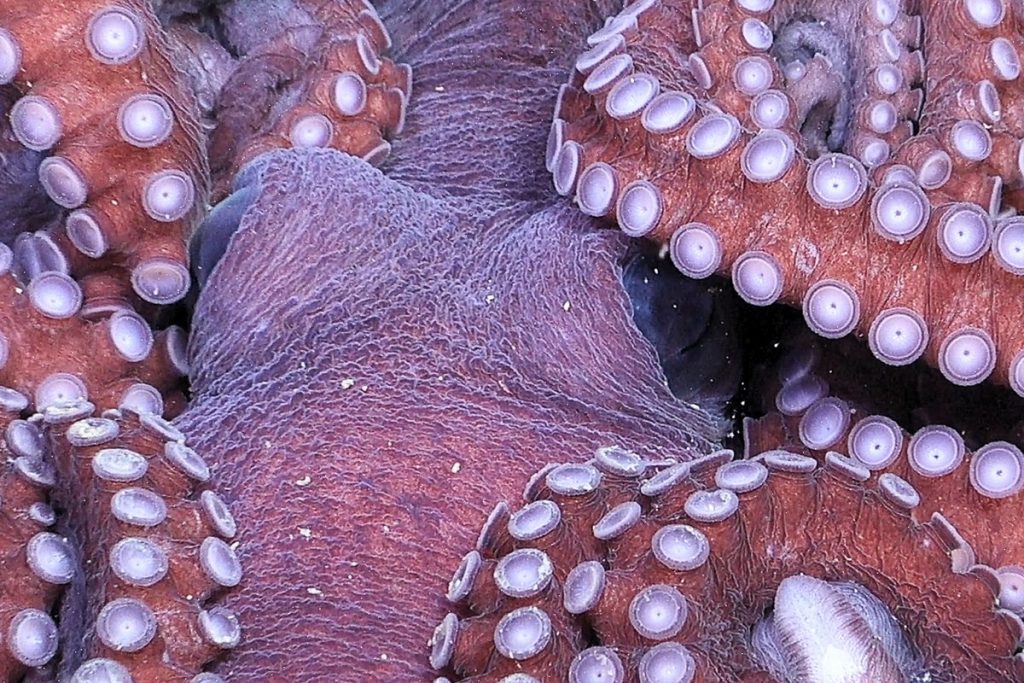A group of global researchers on the Schmidt Ocean Institute’s vessel, R/V Falkor (too), has unveiled an incredible collection of images and videos from a part of the Antarctic seafloor that has been hidden under ice for centuries.
The visuals were taken during an expedition aimed at examining the newly uncovered seabed left by the massive A-84 iceberg, which spectacularly separated from the George VI Ice Shelf on January 13, 2025.
The iceberg, an enormous 510 square kilometers—approximately the area of Chicago—revealed an expansive and previously unreachable underwater realm when it broke away.
A Surprising and Flourishing Ecosystem
Utilizing advanced technology, including the remotely operated vehicle (ROV) SuBastian, the researchers conducted an eight-day deep-sea survey, diving to depths of up to 1,300 meters.
What they stumbled upon was astonishing—a rich and diverse ecosystem thriving in total darkness beneath the ice.
“We capitalized on this opportunity, altered our expedition plans, and proceeded to investigate the depths,” noted Dr. Patricia Esquete, an expedition scientist. “We were not expecting to find such a stunning and vibrant ecosystem. Given the size of the creatures we observed, many of these communities have likely existed for decades, if not centuries.”
Reconsidering Life Under the Ice
Until recently, the life forms beneath Antarctica’s extensive ice shelves were largely unknown. The discovery of this biodiverse community raises intriguing questions—how do these organisms thrive in an area completely devoid of sunlight and traditional food sources?
Deep-sea habitats generally rely on organic materials drifting down from the surface, yet this region had been encased under a 150-meter-thick ice sheet for centuries, researchers explained.
The team suggests that ocean currents may be delivering crucial nutrients, enabling life in this concealed habitat.
Uncovering Climate Insights
Besides its biological significance, the expedition is providing vital insights into Antarctica’s historical and future changes. The scientists are examining geological markers left by the receding ice sheet, stating that understanding these patterns is essential for predicting future ice loss and its ramifications for global sea levels.
“Ice loss from the Antarctic Ice Sheet significantly contributes to rising sea levels worldwide,” mentioned expedition scientist Sasha Montelli. “Our research is critical for contextualizing these recent changes, enhancing our capability to forecast future alterations—insights that can inform actionable policies.”
The team has deployed autonomous underwater gliders to analyze how meltwater from glaciers is affecting the region’s chemical composition and ocean currents. Preliminary results indicate increased biological productivity and a substantial inflow of meltwater from the retreating ice shelf.
Additional Discoveries
This mission is part of Challenger 150, a UNESCO-supported worldwide initiative focused on deep-sea exploration. Dr. Jyotika Virmani, Executive Director of the Schmidt Ocean Institute, remarked that “being present when this iceberg calved from the ice shelf provided a rare scientific opportunity. Such unexpected moments are part of the thrill of sea research—they allow us to be among the first to observe the pristine beauty of our planet.”




